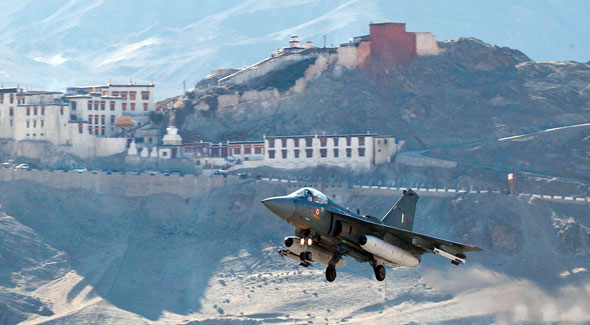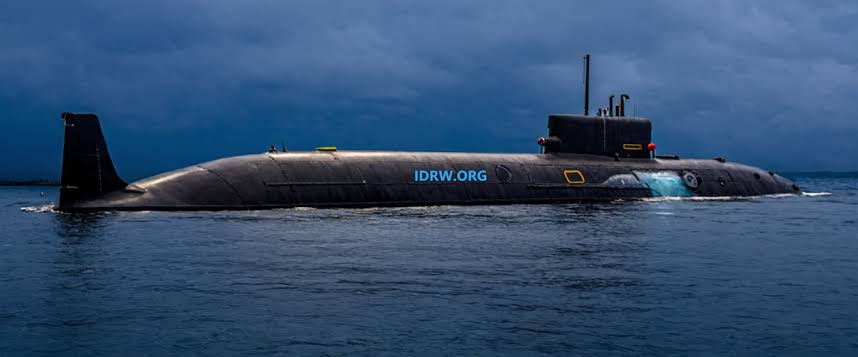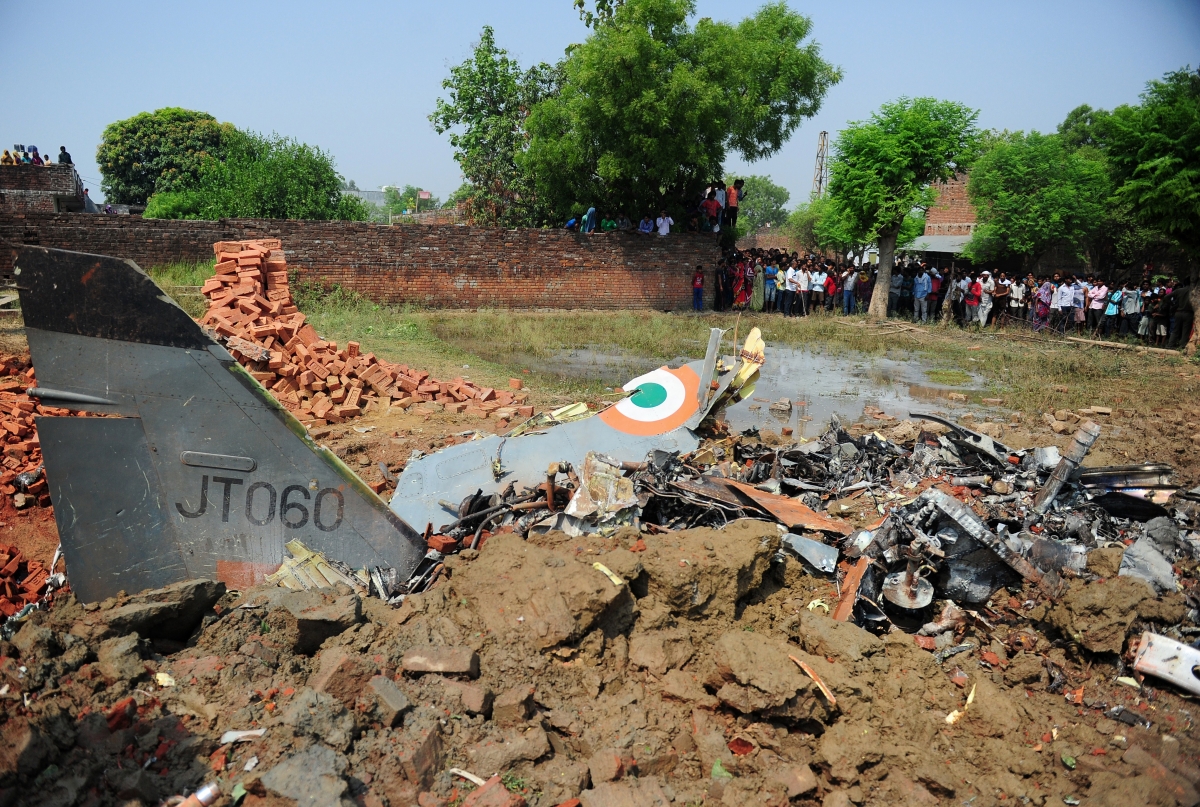SOURCE: AFI


In a move set to redefine India’s maritime landscape, Garden Reach Shipbuilders & Engineers Ltd. (GRSE), a titan in defense shipbuilding, has inked a strategic Memorandum of Understanding (MoU) with Swan Defence and Heavy Industries Ltd. on April 7, 2025. Signed at GRSE Bhavan in Kolkata, this partnership aims to turbocharge indigenous commercial shipbuilding, aligning seamlessly with the Indian government’s “Aatmanirbhar Bharat” (Self-Reliant India) vision. It’s a bold step toward not just meeting domestic needs but also carving a niche in the global maritime market.
This non-exclusive collaboration brings together two powerhouses with complementary strengths—GRSE’s decades of expertise in crafting warships and Swan Defence’s emerging prowess in maritime infrastructure. Together, they plan to design and construct commercial vessels and offshore structures, targeting both national priorities and international clients. The MoU, signed by GRSE’s Chairman and Managing Director, Commodore P.R. Hari (Retd.), and Swan Defence’s leadership, isn’t just about building ships—it’s about building an ecosystem. By pooling infrastructure, refining design capabilities, and streamlining project execution, the duo aims to deliver faster, more efficient solutions to a sector ripe with potential.
Continue readingSOURCE: RAUNAK KUNDE / NEWS BEAT / IDRW.ORG


The Brazilian Air Force (FAB) is at a crossroads as it seeks to modernize its fighter fleet by replacing its ageing Northrop F-5FM Tiger II jets, which have been in service for decades and now sit below the FAB’s more advanced Saab F-39 Gripen NG fighters. In a bid to secure this lucrative contract, Pakistan has offered its JF-17 Block-III fighter jet, a lightweight, multirole aircraft co-developed with China, to the FAB. This proposal comes on the heels of India’s offer of its indigenously developed Tejas Mk1A, a 4.5-generation fighter, as a potential replacement.
Adding a layer of complexity, the Brazilian Air Force Chief has proposed a barter deal to India, suggesting the supply of Embraer’s C-390M military transporter to the Indian Air Force (IAF) in exchange for Tejas Mk1A jets. As Brazil weighs its options, the competition between the JF-17 Block-III and Tejas Mk1A highlights not only technical and operational considerations but also strategic and geopolitical dynamics.
Continue readingSOURCE: RAUNAK KUNDE / NEWS BEAT / IDRW.ORG


In a landmark move to bolster India’s self-reliance in defense manufacturing, the Indian Air Force (IAF) has identified the development of indigenous ejection seats for fighter jets as a priority area, inviting private sector companies to take the lead.
Ejection seats are a critical lifeline for pilots, designed to ensure safe escape from a stricken aircraft under extreme conditions. The IAF currently operates a mix of fighter jets—including the Su-30 MKI, Mirage 2000, Rafale, Tejas, and the forthcoming AMCA—many of which rely on imported ejection seats from manufacturers like Martin-Baker (UK) or Zvezda (Russia). While these systems are proven, their procurement involves high costs, lengthy supply chains, and potential geopolitical vulnerabilities. The IAF’s push for an indigenous solution seeks to address these challenges while tailoring the technology to India’s unique operational needs.
Continue readingSOURCE: RAUNAK KUNDE / NEWS BEAT / IDRW.ORG

The Indian Air Force (IAF) is once again grappling with the harsh realities of maintaining its ageing Jaguar strike aircraft fleet, as two consecutive crashes in 2025 have reignited concerns over the jet’s reliability. The most recent incident occurred on April 2 near Jamnagar, Gujarat, where a twin-seater Jaguar crashed due to a critical technical malfunction, claiming the life of Flight Lieutenant Siddharth Yadav. This follows another crash earlier in the year near Panchkula, Haryana, underscoring the challenges of operating a platform that has outlived its peers globally. As the longest-serving operator of the Jaguar—retired years ago by the French and British air forces—the IAF faces mounting pressure to transition to modern alternatives like the Tejas Mk1A and MkII.
Introduced in 1979 under the name “Shamsher,” the Jaguar has been a cornerstone of the IAF’s deep-penetration strike capability, with around 80 aircraft still operational across six squadrons. Designed for low-level, high-speed ground attack missions, the jet has served India well in roles ranging from precision strikes to maritime operations. However, with the French Armée de l’Air and Royal Air Force phasing out their Jaguars by the mid-2000s, the global supply chain for airframe spares has largely evaporated. Rolls-Royce, which manufactures the Adour engines powering the jets, has kept its spares line open, ensuring engine support until 2035. Yet, the scarcity of other components has made maintenance a logistical nightmare, contributing to over 50 incidents in the Jaguar’s 45-year tenure with the IAF.
Continue readingSOURCE: AFI


In a strategic move to bolster its operational capabilities in the North-Eastern sector, the Indian Air Force (IAF) has deployed its indigenously developed Light Combat Aircraft (LCA) Tejas Mk1 to Leh, one of India’s most critical forward air bases in Ladakh. This deployment, initiated in recent months, aims to enhance the IAF’s readiness in the region amid ongoing border tensions with China along the Line of Actual Control (LAC). Additionally, the move serves as a preparatory step for the integration of the more advanced Tejas Mk1A variant, with squadrons expected to be formed in the coming years. The deployment underscores the IAF’s commitment to strengthening its presence in the challenging Himalayan terrain while transitioning to a more modern and self-reliant fighter fleet.
Leh, located at an altitude of over 11,000 feet, is a key air base for the IAF in the North-Eastern sector, providing a strategic vantage point to monitor and respond to activities along the LAC. The region has been a focal point of heightened military activity since May 2020, when India and China engaged in a military standoff in eastern Ladakh, leading to occasional skirmishes and casualties on both sides. The deployment of Tejas Mk1 aircraft to Leh enhances the IAF’s operational readiness in this high-altitude environment, where the thin air and rugged terrain pose unique challenges for both aircraft and personnel.
Continue readingSOURCE: AFI


In a significant step towards bolstering its air defense capabilities, the Indian Air Force (IAF) has released a Request for Information (RFI) for the procurement of the Low Level Lightweight Radar (LLLWR) MK-II. The RFI, directed at registered Indian vendors, underscores the IAF’s commitment to enhancing its indigenous defense manufacturing ecosystem while addressing critical operational requirements for air defense surveillance. This move aligns with India’s broader push for self-reliance in defense technology under the “Make in India” initiative.
The LLLWR MK-II is envisioned as a cutting-edge radar system designed to provide high-quality air situation pictures for air defense surveillance, even under challenging environmental conditions. According to the RFI, the radar must meet several advanced technical specifications to ensure it can perform effectively in diverse operational scenarios.
Continue readingSOURCE: AFI


The Eastern Command of the Indian Army, known for its strategic oversight of India’s northeastern and eastern borders, has taken a significant leap forward in modern warfare with its latest drone initiatives. As part of the #EasternCommand’s ongoing efforts to integrate cutting-edge technology into its operations, the Rising Sun Drone Node recently conducted a series of drills that demonstrated the lethal potential of in-house developed First Person View (FPV) drones. These exercises, which included swarm wave missions and precision delivery of explosives and grenades, highlight the Indian Army’s growing expertise in operating unmanned systems in electromagnetic (EM)-contested environments, a critical capability in today’s battlefield dynamics.
The Rising Sun Drone Node, operating under the Eastern Command, has emerged as a key center for the development and deployment of unmanned aerial systems (UAS) tailored for the Indian Army’s operational needs. The node focuses on leveraging indigenous technology to create drones that can perform high-risk missions while minimizing human exposure to danger. The recent drills, which were showcased through posts on X, underscore the node’s success in developing FPV drones capable of delivering lethal payloads with precision and efficiency.
Continue readingSOURCE: AFI


In a development that has raised eyebrows in New Delhi, Bangladesh is reportedly seeking China’s assistance to construct an airbase at the WWII-era Lalmonirhat airfield, located just 10 kilometers from India’s border. The airfield, a relic of the British colonial era, has been largely abandoned since the end of World War II, with only sporadic use in the decades that followed.
While the project could be framed as a modernization effort by Bangladesh to revive a dormant asset, its proximity to India’s sensitive Siliguri Corridor—often referred to as the “Chicken’s Neck”—and the potential involvement of China’s People’s Liberation Army Air Force (PLAAF) have sparked concerns about regional security dynamics. India, with its artillery systems capable of targeting the site, must carefully assess the implications of this move and consider issuing a stern warning to Bangladesh if the airbase is intended for use by Chinese forces.
Continue readingSOURCE: IDRW.ORG


India’s Defence Research and Development Organisation (DRDO) is set to make a bold statement at the LAAD 2025 Defence and Security Expo, scheduled for April 1-4, 2025, in Rio de Janeiro, Brazil. Among its showcased innovations, the Wheeled Armoured Platform (WhAP) 8×8 will take center stage, signaling India’s ambition to penetrate the Latin American (LATAM) armored vehicle market.
This move comes on the heels of a significant international breakthrough, with the Royal Moroccan Army placing substantial orders for the WhAP 8×8, to be executed by Tata Advanced Systems Limited (TASL), a key private-sector partner of DRDO. As India emerges as a new player in the global armored market, its focus on LATAM reflects a strategic push to expand its defense export footprint.
Continue readingSOURCE: IDRW.ORG


VTOL Aviation India Pvt Ltd, a trailblazing force in India’s aerospace sector, has introduced its latest innovation—the VLM_X, a Made-in-India Vertical Take-Off and Landing (VTOL) Loitering Munition UAV. Designed for high-precision kamikaze missions, this cutting-edge unmanned aerial vehicle (UAV) is poised to redefine tactical dominance in modern warfare. Equipped with AI-powered target recognition and a suite of advanced features, the VLM_X promises to deliver unparalleled stealth, agility, and precision across land, air, and sea operations.
The VLM_X stands as a testament to India’s growing prowess in indigenous defense technology. Developed under the “Make in India” initiative, this loitering munition—often referred to as a “suicide drone”—is engineered to identify and neutralize a wide array of threats, including vehicles, personnel, tanks, radars, drones, aircraft, RF transmission systems, and marine vessels. Its ability to process real-time camera feeds using artificial intelligence ensures rapid and accurate target identification, making it a formidable asset in dynamic combat scenarios.
Continue readingSOURCE: AFI


The Indian Navy is on the cusp of a significant milestone in its quest for a robust nuclear triad, with the impending induction of INS Aridhaman, the third nuclear-powered ballistic missile submarine (SSBN) of the Arihant-class, later this year. As an upgraded variant of its predecessors, INS Arihant and INS Arighaat, INS Aridhaman promises to enhance India’s sea-based nuclear deterrence, a critical component of its strategic defense posture. With its advanced features, increased missile capacity, and higher indigenous content, INS Aridhaman is poised to play a pivotal role in safeguarding India’s national security interests in an increasingly volatile Indo-Pacific region.
The Arihant-class submarines, developed under the Indian Navy’s secretive Advanced Technology Vessel (ATV) project, represent India’s first indigenous foray into nuclear-powered ballistic missile submarines. The lead vessel, INS Arihant, was commissioned in August 2016, marking a historic achievement as the first SSBN built by a nation outside the five permanent members of the United Nations Security Council. The second submarine, INS Arighaat, was commissioned on August 29, 2024, after extensive sea trials, further solidifying India’s sea-based nuclear deterrence.
Continue readingSOURCE: AFI


In a significant push to enhance its military capabilities through space-based assets, India is set to launch 52 dedicated satellites for intelligence gathering, reconnaissance, and surveillance. The announcement was made by Chief of Defence Staff (CDS) General Anil Chauhan during his address at the Indian DefSpace Symposium, held at the Manohar Parrikar Institute for Defence Studies and Analyses in New Delhi. Organized by the Indian Space Association (ISpA), the symposium brought together key stakeholders from the military, space industry, and policy domains to discuss India’s growing ambitions in the militarization of outer space.
General Chauhan also revealed that a military space doctrine, which will serve as a guiding policy for the armed forces, is expected to be finalized within the next three months, marking a pivotal step in India’s strategic evolution as a space power.
Continue readingSOURCE: AFI


The Indian Air Force (IAF) has long relied on its fleet of SEPECAT Jaguar aircraft for deep-strike and ground-attack missions, but the ageing fleet’s safety record has come under scrutiny following a series of crashes in recent years. Air Commodore (Retd) A.S. Bahal, a veteran IAF officer, recently highlighted the Jaguar’s troubling history, noting that the fleet had suffered 50 crashes by 2015, resulting in the loss of 65 aircraft out of the 140 originally inducted.
As of April 2025, the IAF’s Jaguar fleet stands at 115 aircraft, with 83 remaining operational, and the crash frequency has settled at an alarming rate of approximately two aircraft per year in recent years. This persistent accident rate, combined with the IAF’s broader squadron shortages, raises serious questions about the fleet’s sustainability and the urgent need for modernization.
Continue readingSOURCE: AFI


The Indian Navy’s Ilyushin Il-38 Maritime Patrol Aircraft (MPA), fondly nicknamed the “Winged Stallions,” have been a cornerstone of the nation’s maritime surveillance for nearly half a century. After 46 years of distinguished service, the fleet was officially retired in 2023, having clocked an impressive 52,000 hours of operational flying.
While their days of soaring over the Indian Ocean are over, at least two of these iconic aircraft remain parked at INS Hansa, the naval air station co-located with Goa’s Dabolim Airport, awaiting their final resting places. These relics of naval aviation history are poised to inspire future generations as they prepare for permanent display at heritage sites in Gujarat and Karnataka.
Continue readingSOURCE: AFI


In the shadowy realm of nuclear deterrence, Russia’s Perimeter system—commonly dubbed the “Dead Hand”—stands as a chilling testament to Cold War ingenuity. Designed to ensure retaliatory nuclear strikes even if Moscow’s leadership is wiped out, this semi-automated system can reportedly launch Russia’s arsenal in response to a detected nuclear attack, triggered by sensors detecting radiation, seismic activity, and communication failures.
As India navigates an increasingly volatile nuclear neighborhood with Pakistan and China, the question arises: Should New Delhi develop its own version of a “Dead Hand” system to safeguard its second-strike capability? The idea, while provocative, demands a nuanced look at India’s strategic needs, technological capacity, and the risks of such a radical escalation.
Continue reading